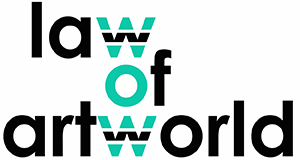 Being the owner of an art collection provides much personal satisfaction, but it requires, at the same time, responsibility and making available the necessary means for its maintenance, conservation, and growth.
Being the owner of an art collection provides much personal satisfaction, but it requires, at the same time, responsibility and making available the necessary means for its maintenance, conservation, and growth.
Being the owner of an art collection provides much personal satisfaction, but it requires responsibility and resources.
Very often private collectors start their collections for the purpose of personal enjoyment, but often this initial idea changes to wanting to share those funds with the public or to bequeath them to an institution that has a similar vision of the ensemble.
On the other hand, institutional collections arise from artwork that defines the mission of the institution itself. This usually begins with an art fund, which shows constant growth, and through which the investment is canalized into culture, focusing on the empowerment of a particular factor. This often occurs with the art funds of bank foundations, where it is common to invest in local, contemporary art. A foundation is created to manage the cultural heritage of its founder, and it often happens after the founder’s death, for example.
In all these cases, the management of a collection requires the investment of resources, and it is possible to apply for public aid if some requirements are fulfilled. In this context, it is essential to know the nature of the collection, the character of its owner, and the needs of the ensemble, in order to find an appropriate means for its conservation. On the other hand, it should be recalled that on numerous occasions, these significant ensembles finally become goods of the national artistic heritage, and this implies that the owner must assume a group of rights and obligations.
In the area of collections management, issues such as the following emerge:
► Public aid for the maintenance, preservation, and accessibility of the collection
► Legal regime applicable to the owner of the collection according to his nature
► Management of artistic and cultural heritage held by religious entities
► Obtaining resources through sponsorship and patronage
► Profitability of own art background
► Obligations of public access to the collection according to the legislation
► Creating foundations and other non-profit institutions for managing collections
► Cooperation agreements with public or private institutions for the maintenance, preservation, and dissemination of art funds
► Requests for transfer or loan of works for exhibitions
